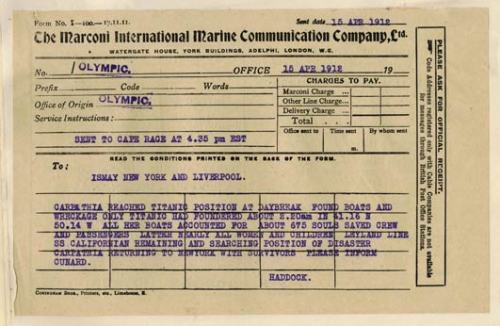Each year on 18 April, radio amateurs celebrate World Amateur Radio Day. On that day in 1925 the International Amateur Radio Union (IARU) was founded.
Amateur radio has truly entered the 21st Century. In less than 100 years amateur radio communications has evolved from crude spark-gap technology to digital signal processing and software-defined radios. The amateur's HF choice between voice and CW has been expanded to a broad range of communication choices from television to spread spectrum.
Amateur digital communications has evolved. At the end of World War II until the early 1980's, radioteletype, also known as RTTY, was the only HF digital mode available to amateurs. In the 1980's, AMTOR made its debut along with the increased popularity and availability of personal computers. AMTOR was the first amateur digital communication mode to offer error-free text transmission.
From the early 1980's, the rate of change increased dramatically. Packet Radio emerged and for a period of time was the most popular form of amateur digital communication. As microprocessor technology became more sophisticated, there was a rise in modes such as Clover, PACTOR, and G-TOR that were capable of error-free exchanges under marginal band conditions. In the late 1990's, there was an invention that harnessed personal computer technology to create PSK31.
In the VHF-UHF frequency ranges, Packet Radio had less activity at the close of the century than it did in the 1980's and 1990's. However, Packet Radio was reborn as the popular Automatic Packet Reporting System (APRS) and traditional packet systems still exist to support public service activities with greatly enhanced functionality.
Thanks to individual amateurs, hams now enjoy digital meteor scatter contacts and even moonbounce on VHF and UHF frequencies with modest stations. An ordinary computer sound device and software that can be downloaded free from the internet is all that is needed.
The Japan Amateur Radio League developed the D-STAR digital voice and data standard and there has been significant amateur growth as amateurs establish D-STAR repeater networks on the VHF, UHF and microwave bands.
All of these development have inspired amateurs around the world to experiment in their own HF, VHF, UHF and microwave band digital communication.
Activities on the occasion of World Amateur Radio Day can be a great opportunity to spread the word about what the "hams" are doing in the 21st Century.




















































